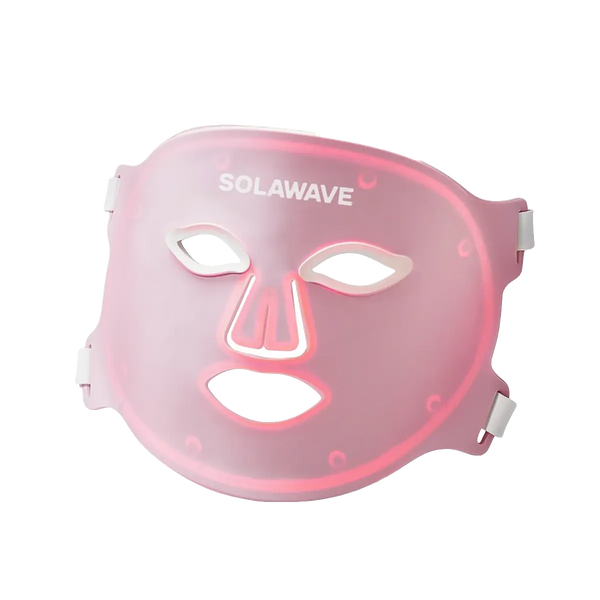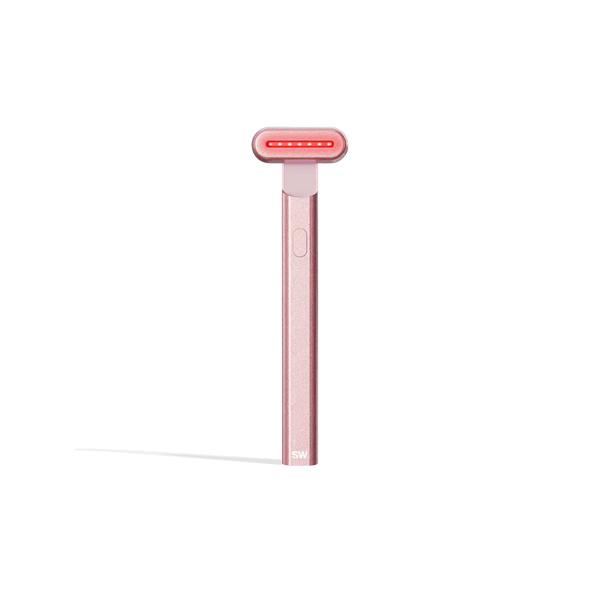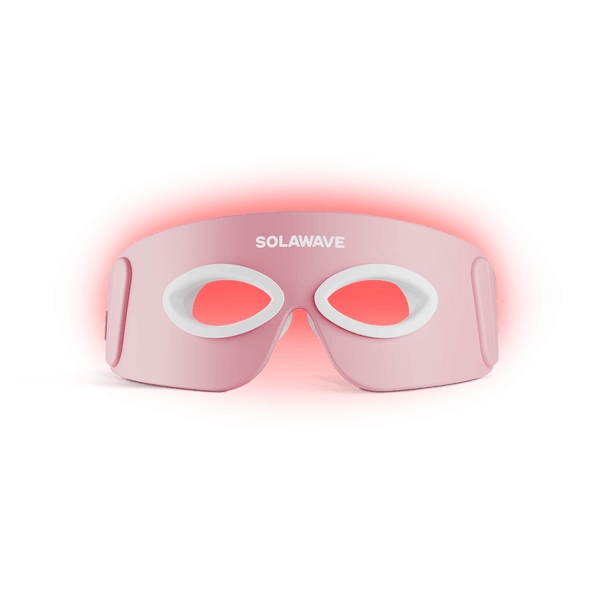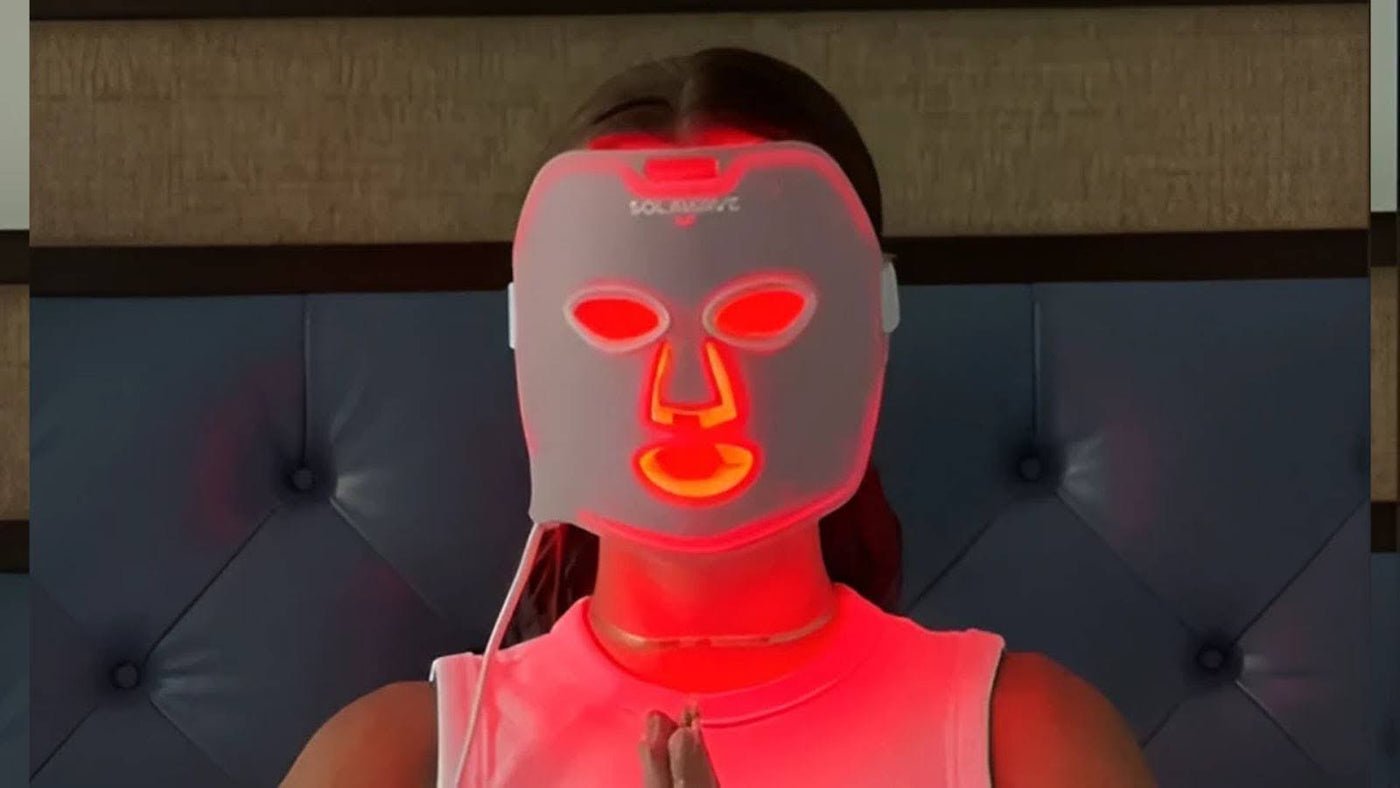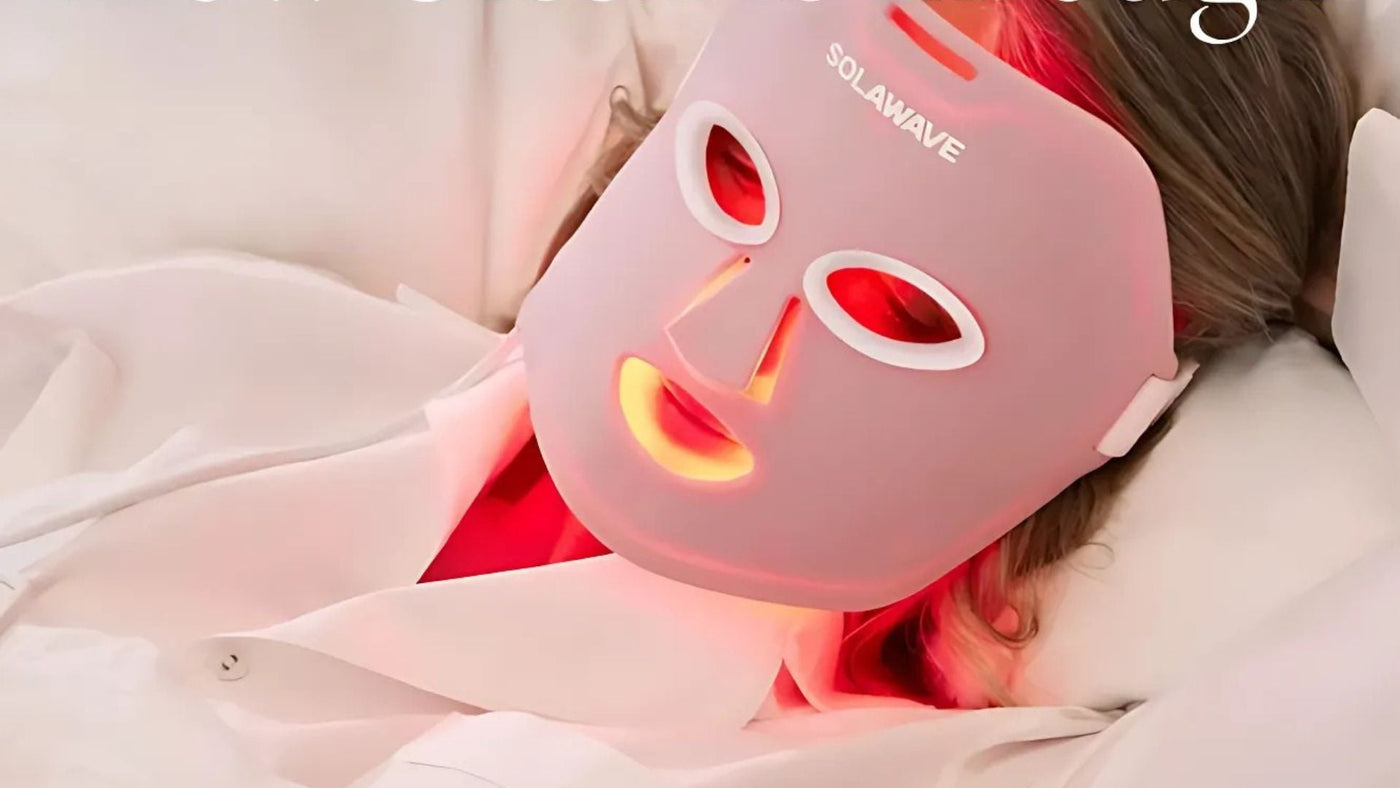 Eczema
Eczema
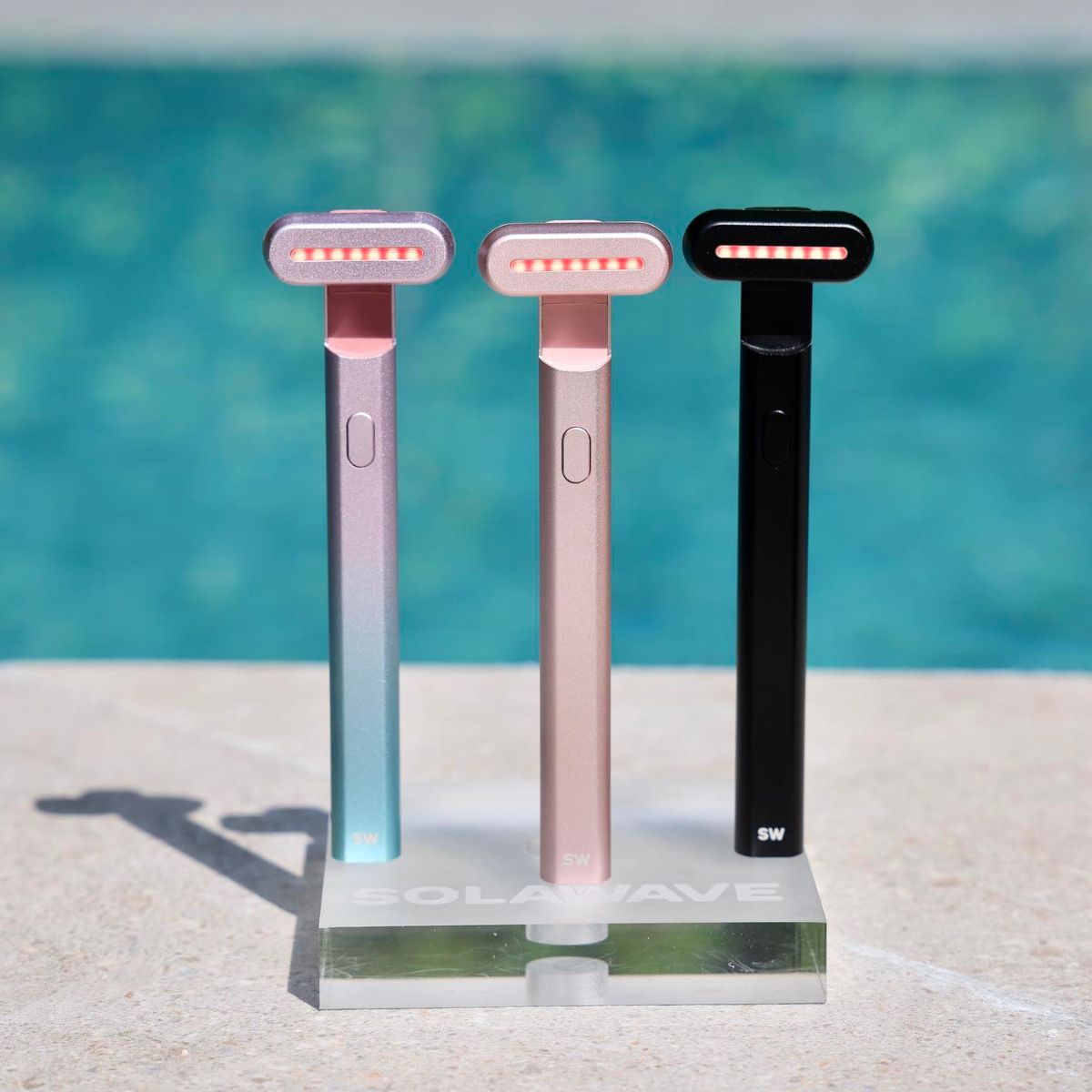
Light Therapy for Eczema: Science or Fantasy?
Eczema is a chronic skin condition that can cause persistent itching, redness, and discomfort, often interfering with your daily life and overall well-being. If you’re living with eczema, you know how challenging it can be to manage flare-ups and find lasting relief. This article explores the role of Light Therapy in eczema management, separating scientific fact from popular myths. It’s important to understand that while Light Therapy devices for skincare are widely marketed, they are not a cure or treatment for eczema. Instead, we’ll focus on what’s proven to work and help you make informed decisions about your skin health.
What To Know About Eczema
Eczema, also known as atopic dermatitis, is a non-contagious, inflammatory skin disorder characterized by dry, itchy, and inflamed skin. It often appears in childhood but can develop at any age. The condition tends to run in families and is linked to other allergic conditions like asthma and hay fever. Eczema is considered a chronic condition, meaning it can persist for years, with periods of flare-ups and remission.
There are several types of eczema, but atopic dermatitis is the most common. Other forms include contact dermatitis, nummular eczema, and dyshidrotic eczema. Each type has its own triggers and patterns, but all share the hallmark symptoms of irritation and inflammation.
Common Symptoms and Triggers of Eczema
Eczema symptoms can vary from person to person, but the most common signs include:
-
Dry, sensitive skin: The skin loses its ability to retain moisture, leading to persistent dryness.
-
Intense itching: Itching can be severe, often worsening at night and leading to scratching that further irritates the skin.
-
Red or brownish-gray patches: These patches can appear anywhere but are most common on the hands, feet, ankles, wrists, neck, upper chest, eyelids, and inside the elbows and knees.
-
Thickened, cracked, or scaly skin: Repeated scratching can cause the skin to thicken and develop a leathery texture.
-
Small, raised bumps: These may leak fluid and crust over when scratched.
Eczema flare-ups are often triggered by a combination of genetic and environmental factors. Common triggers include:
-
Irritants: Soaps, detergents, shampoos, disinfectants, and even some fabrics can irritate sensitive skin.
-
Allergens: Dust mites, pet dander, pollen, and mold are common culprits.
-
Climate and temperature: Hot, humid weather or cold, dry air can worsen symptoms.
-
Stress: Emotional stress can trigger or exacerbate flare-ups.
-
Sweating: Excessive sweating can irritate the skin and lead to itching.
-
Hormonal changes: Fluctuations, especially in women, can influence eczema severity.
Persistent itching and discomfort can disrupt sleep, making it difficult to concentrate at work or school. Visible rashes and patches may cause embarrassment or self-consciousness, leading to social withdrawal or anxiety.
Additionally, the constant cycle of itching and scratching can damage the skin barrier, increasing the risk of infections. Over time, untreated eczema can lead to chronic skin changes, such as thickening and discoloration.
Proven Treatments for Eczema
While eczema can be persistent and sometimes frustrating, there are several proven treatments that can help you manage symptoms and reduce flare-ups. It’s important to remember that what works for one person may not work for another, so finding the right combination of treatments with the guidance of a healthcare professional is essential.
Topical Corticosteroids
Topical corticosteroids are the most commonly prescribed medications for managing eczema flare-ups. These anti-inflammatory creams and ointments help reduce redness, swelling, and itching. They come in various strengths, from mild (over-the-counter hydrocortisone) to potent (prescription-only options). Your dermatologist will recommend the appropriate strength based on the severity and location of your eczema.
It’s important to use topical corticosteroids as directed, as overuse can lead to thinning of the skin and other side effects. Always follow your healthcare provider’s instructions and never use someone else’s prescription.
Moisturizers and Emollients
Keeping your skin hydrated is a cornerstone of eczema management. Moisturizers and emollients form a protective barrier that locks in moisture and shields your skin from irritants. Apply fragrance-free, hypoallergenic moisturizers at least twice daily, especially after bathing, to prevent dryness and reduce itching.
Look for products labeled as “ointments” or “creams” rather than “lotions,” as they tend to be more effective for eczema-prone skin. Ingredients like ceramides, glycerin, and petrolatum are especially beneficial.
Prescription Medications (Oral and Topical)
For moderate to severe eczema that doesn’t respond to topical treatments alone, your dermatologist may prescribe additional medications. These can include:
-
Topical calcineurin inhibitors: Such as tacrolimus or pimecrolimus, which help reduce inflammation without the side effects of steroids.
-
Oral antihistamines: To help control itching, especially at night.
-
Systemic medications: For severe cases, oral or injectable medications like cyclosporine, methotrexate, or biologics (such as dupilumab) may be recommended. These target the immune system to reduce inflammation.
All prescription medications should be used under close medical supervision due to potential side effects and the need for ongoing monitoring.
Lifestyle Changes and Trigger Avoidance
Identifying and avoiding your personal eczema triggers is a key part of long-term management. This may involve:
-
Switching to gentle, fragrance-free skin and laundry products
-
Wearing soft, breathable fabrics like cotton
-
Managing stress through relaxation techniques or counseling
-
Keeping your home environment clean and free of dust and allergens
-
Using a humidifier in dry climates to maintain skin moisture
Regularly reviewing your habits and environment can help you pinpoint triggers and minimize flare-ups.
While over-the-counter products and lifestyle changes can help, eczema is a complex condition that often requires professional guidance. A dermatologist can provide a personalized treatment plan, monitor your progress, and adjust therapies as needed. They can also help you distinguish between eczema and other skin conditions, ensuring you receive the most effective care.
If your eczema is not improving with standard treatments, is affecting your sleep or daily activities, or shows signs of infection (such as increased redness, warmth, pus, or pain), seek medical attention promptly.
By working closely with your healthcare provider and staying informed about proven treatments, you can take control of your eczema and improve your skin health and overall well-being.
Can You Use Light Therapy for Eczema?
Light Therapy refers to the use of specific wavelengths of light to improve skin appearance or address certain cosmetic concerns. While devices like Red Light Therapy are popular for skincare, they are not designed to treat medical conditions such as eczema.
For eczema, only medical phototherapy—administered by healthcare professionals using controlled ultraviolet (UV) light—has been proven effective. Skincare Light Therapy devices do not use UV light and have not been shown to treat or cure eczema. If you’re considering Light Therapy for eczema, it’s important to consult a dermatologist and rely on treatments that are medically approved.
Phototherapy for Eczema: The Medical Standard
Phototherapy is a medically supervised treatment that uses specific wavelengths of ultraviolet (UV) light to help manage moderate to severe eczema. The most common types are narrowband UVB and PUVA (psoralen plus UVA).
In clinical settings, phototherapy is administered by exposing affected areas of your skin to controlled doses of UV light, usually several times a week. This process helps reduce inflammation, slow down the rapid growth of skin cells, and relieve itching.
Phototherapy has been proven effective for many people with eczema who do not respond well to topical treatments. It is generally safe when performed under medical supervision, but potential side effects include temporary redness, dryness, and, with long-term use, an increased risk of skin aging or skin cancer. Always consult your dermatologist to determine if phototherapy is appropriate for your eczema and to ensure it is administered safely.
Conclusion
Light Therapy devices designed for skincare are not a solution for eczema and should not be relied upon to manage this condition. The only form of Light Therapy proven effective for eczema is medical phototherapy, which must be administered under the supervision of a healthcare professional. If you’re seeking relief from eczema, consult a dermatologist to explore safe, evidence-based treatments.
Disclaimer: This article is intended for informational purposes only and should not be interpreted as medical advice or guidance. Always seek medical advice and care from a trusted healthcare professional.
Sources:
